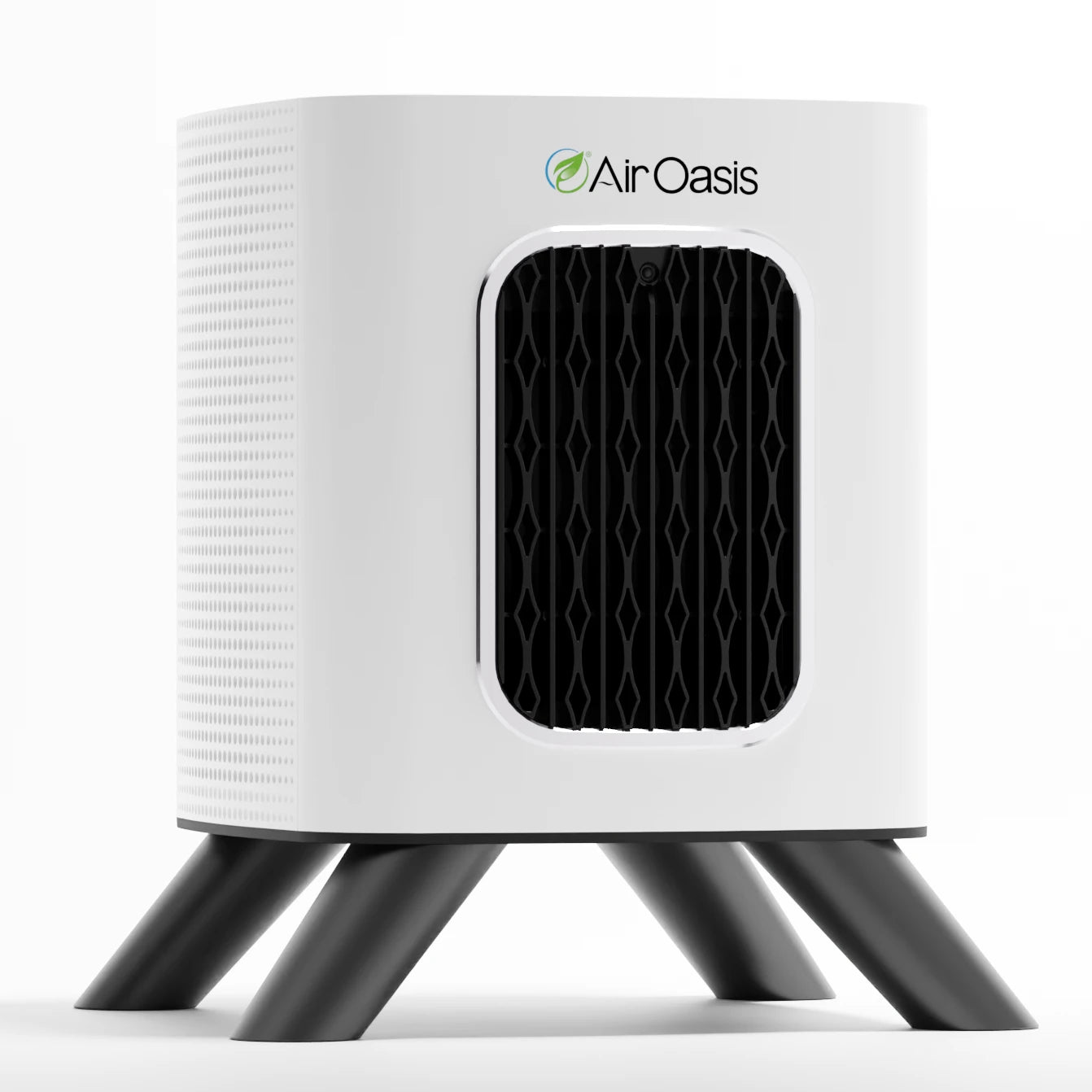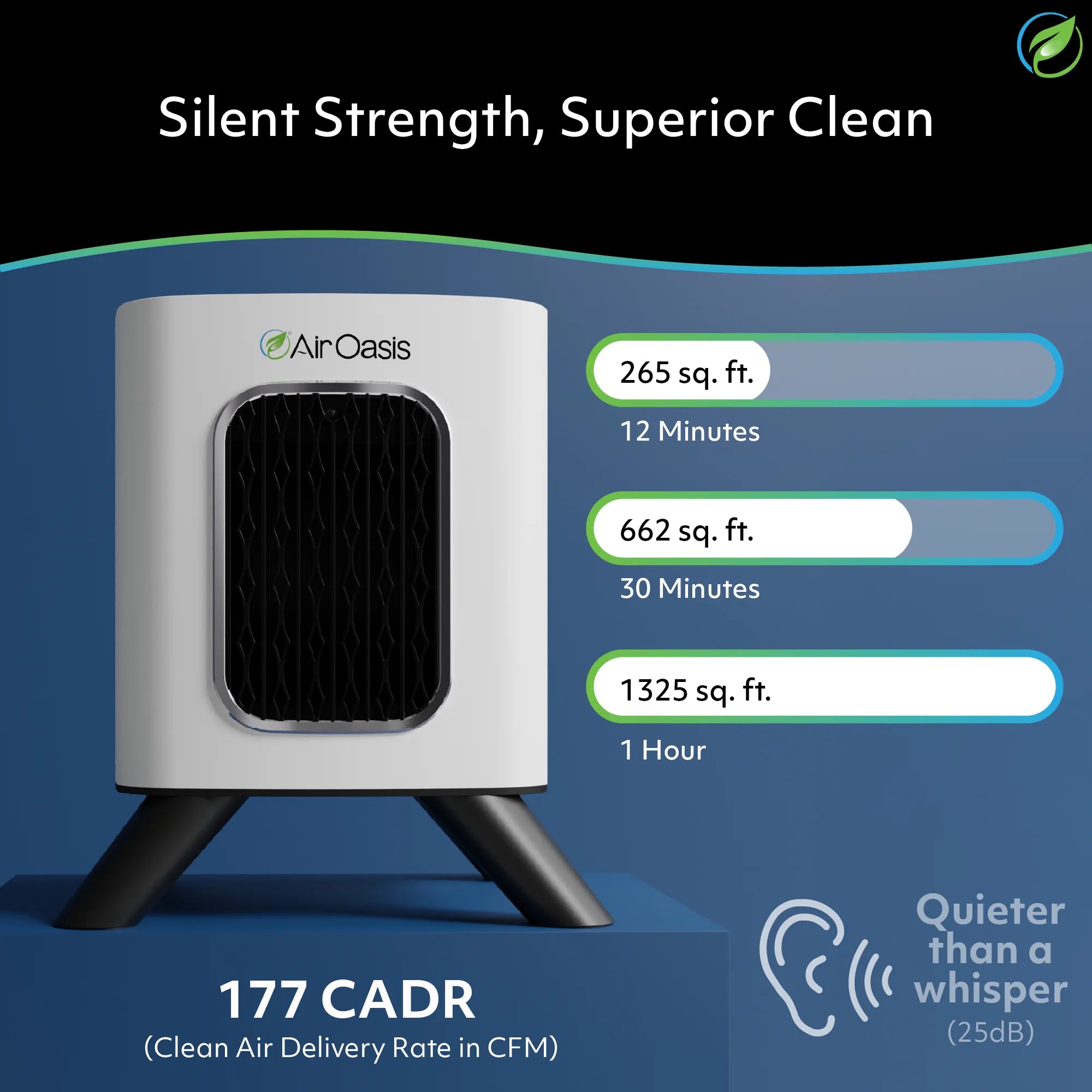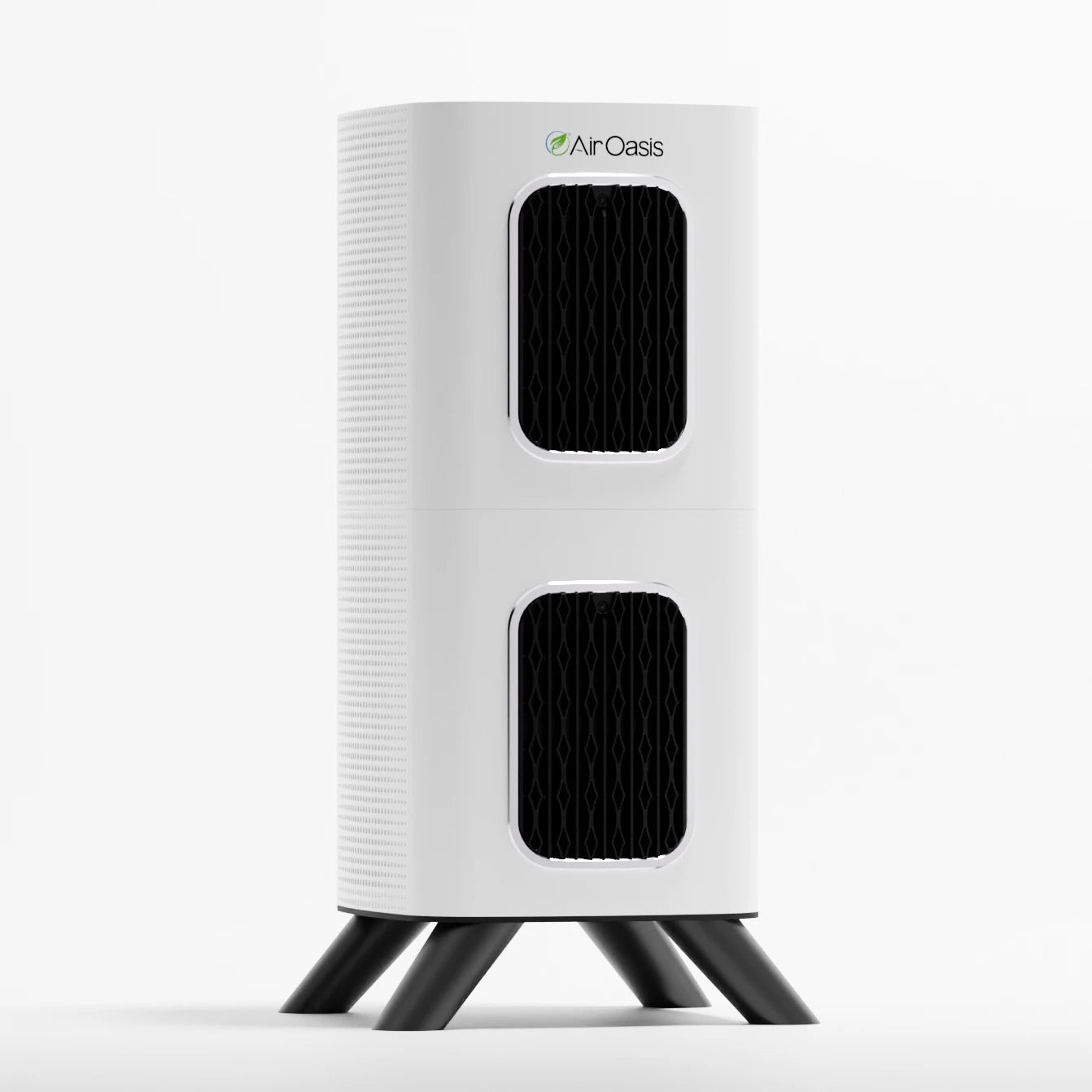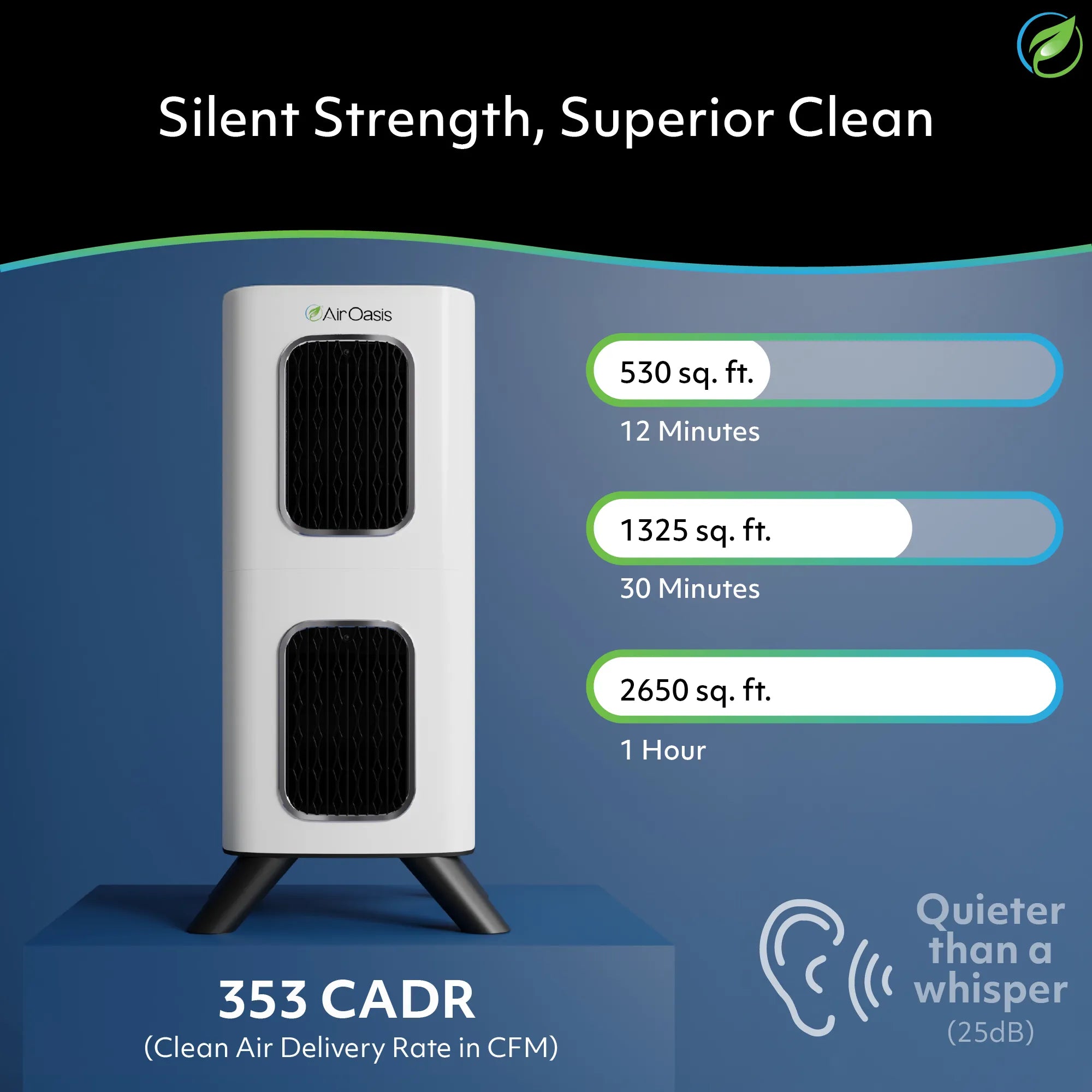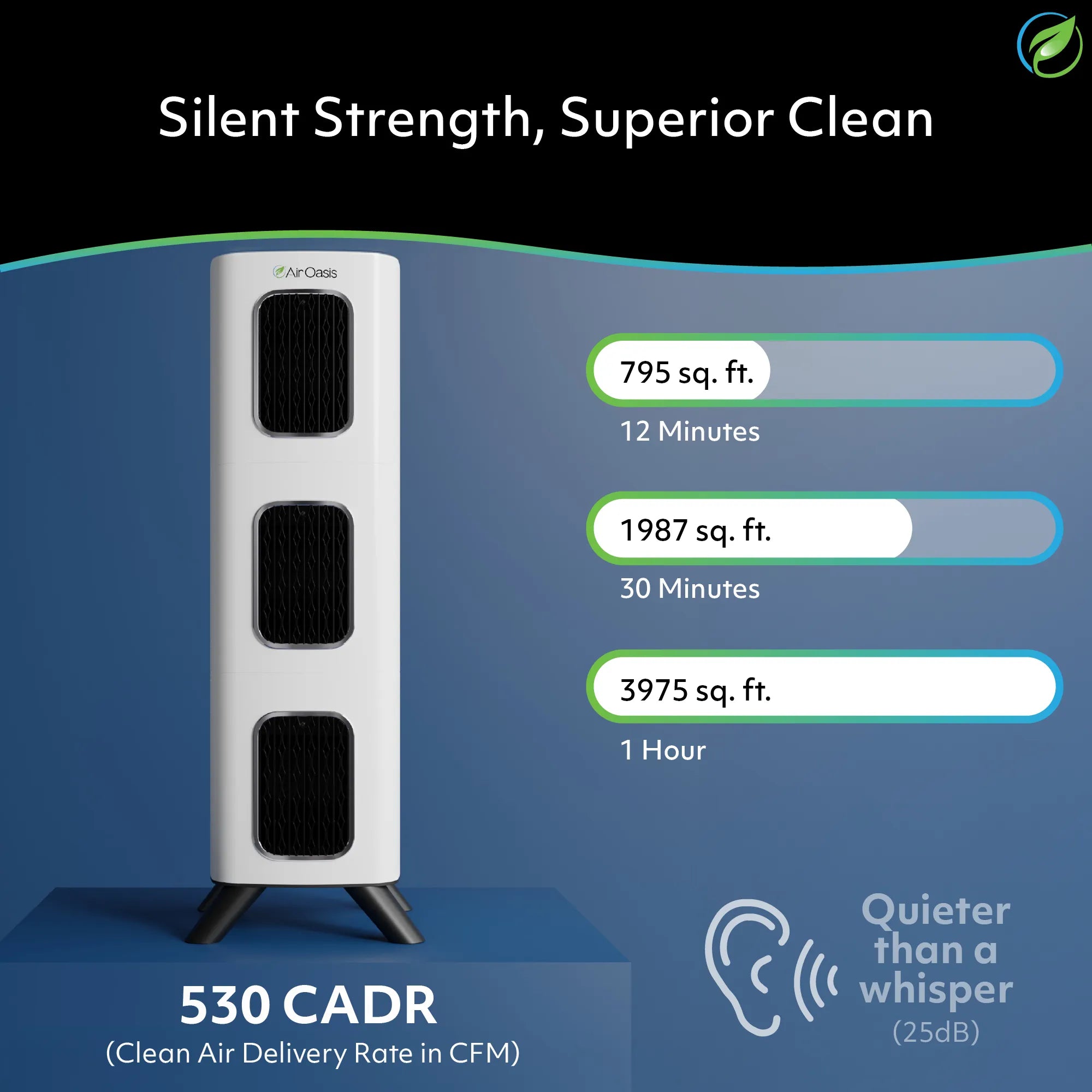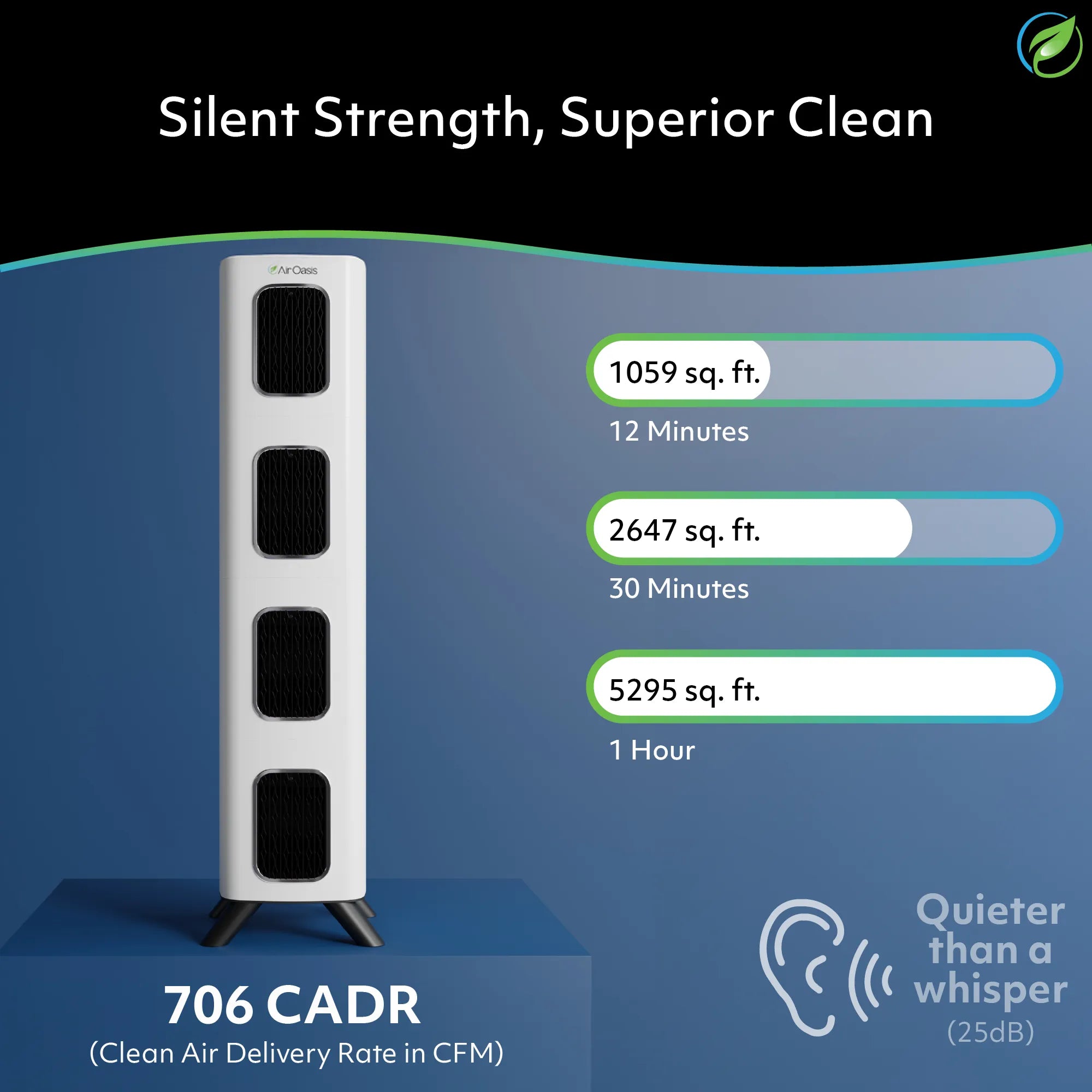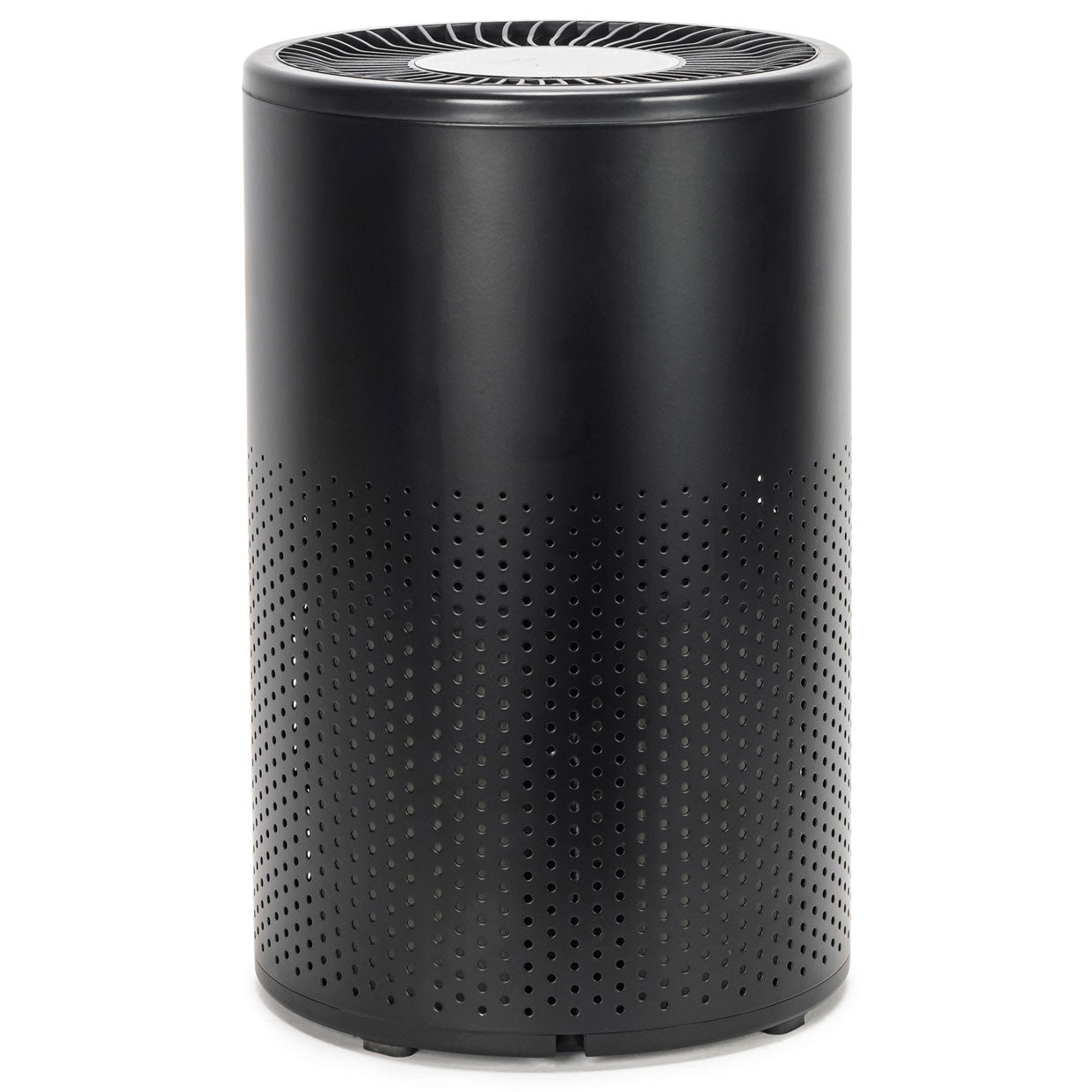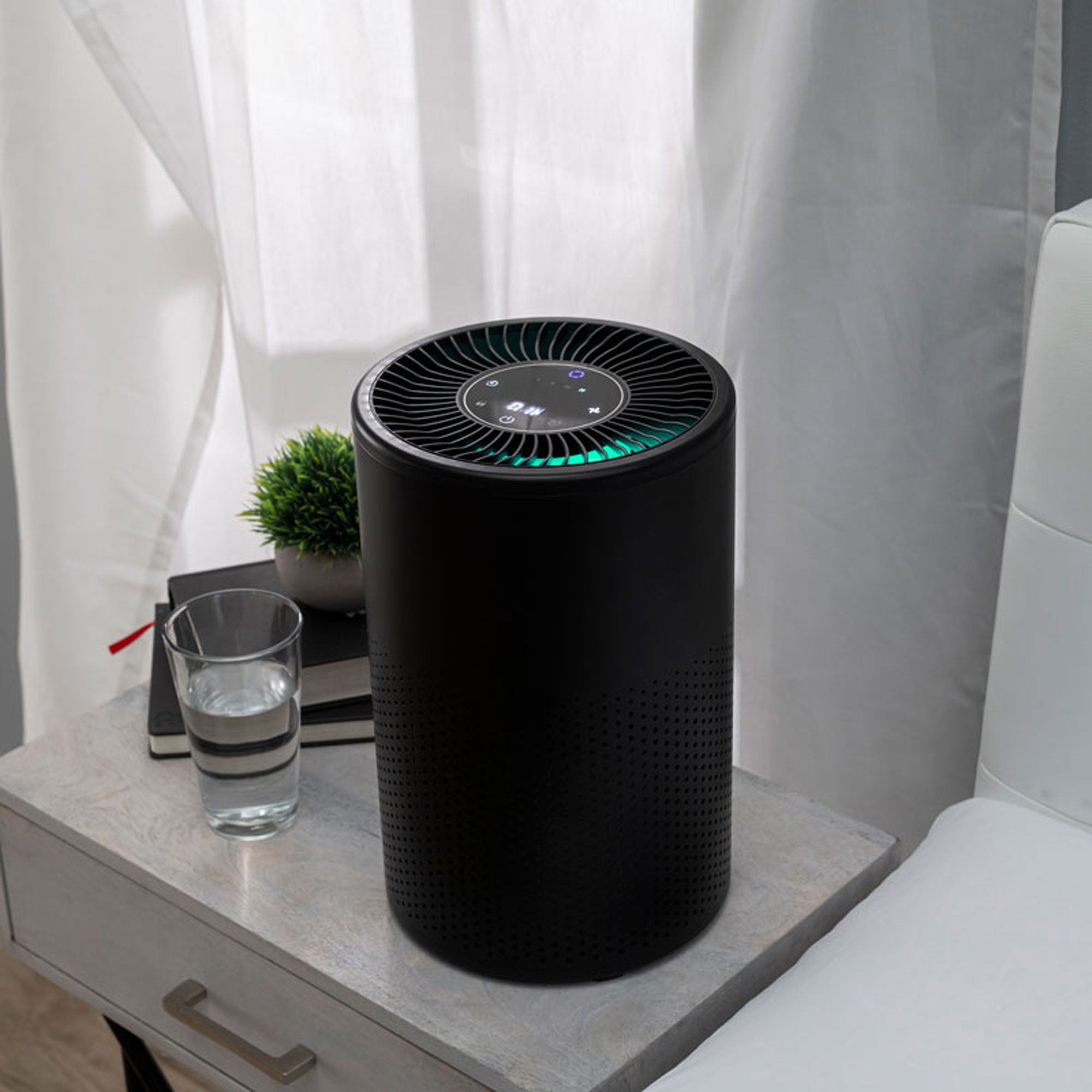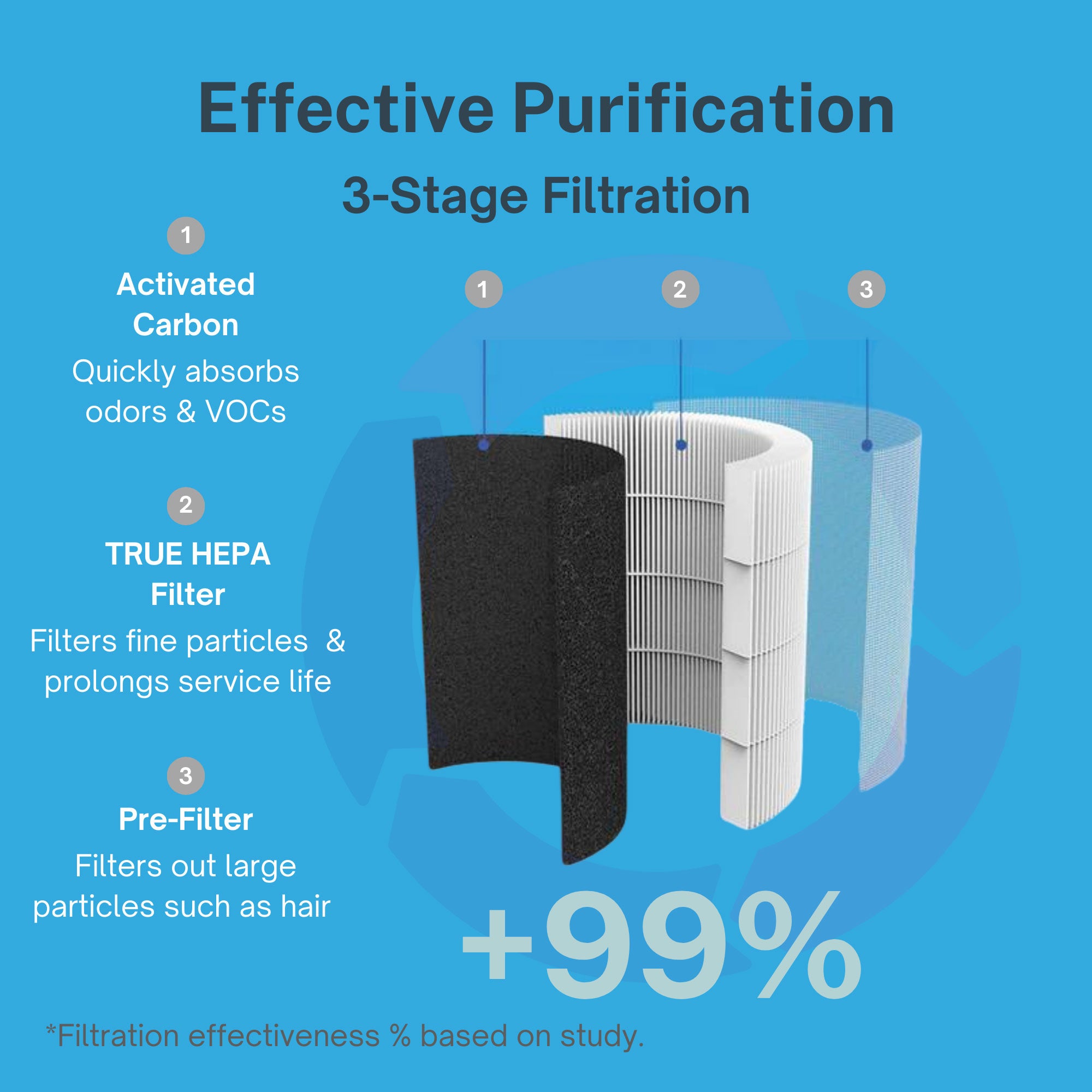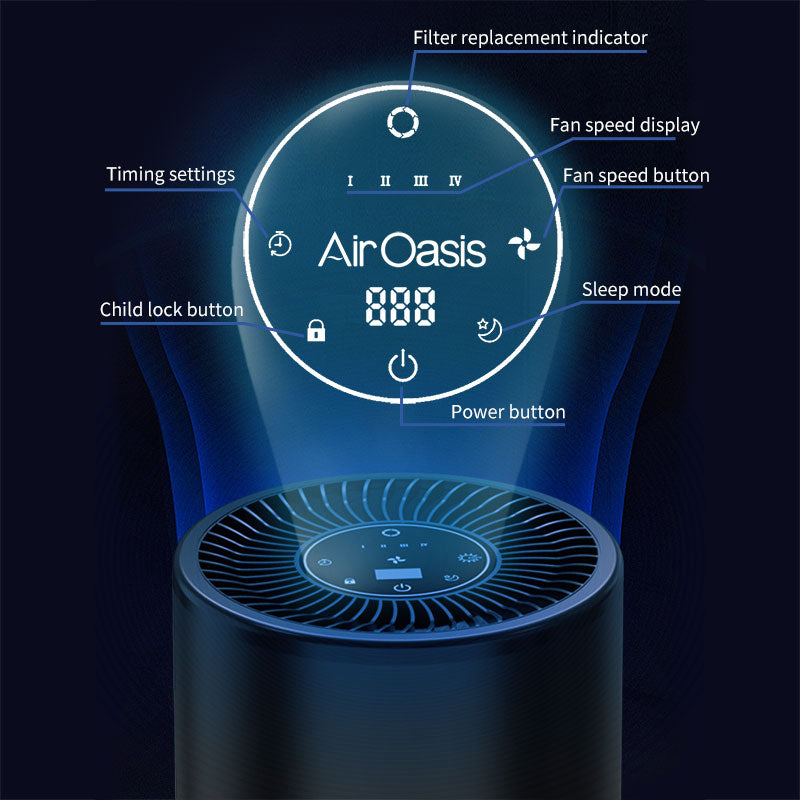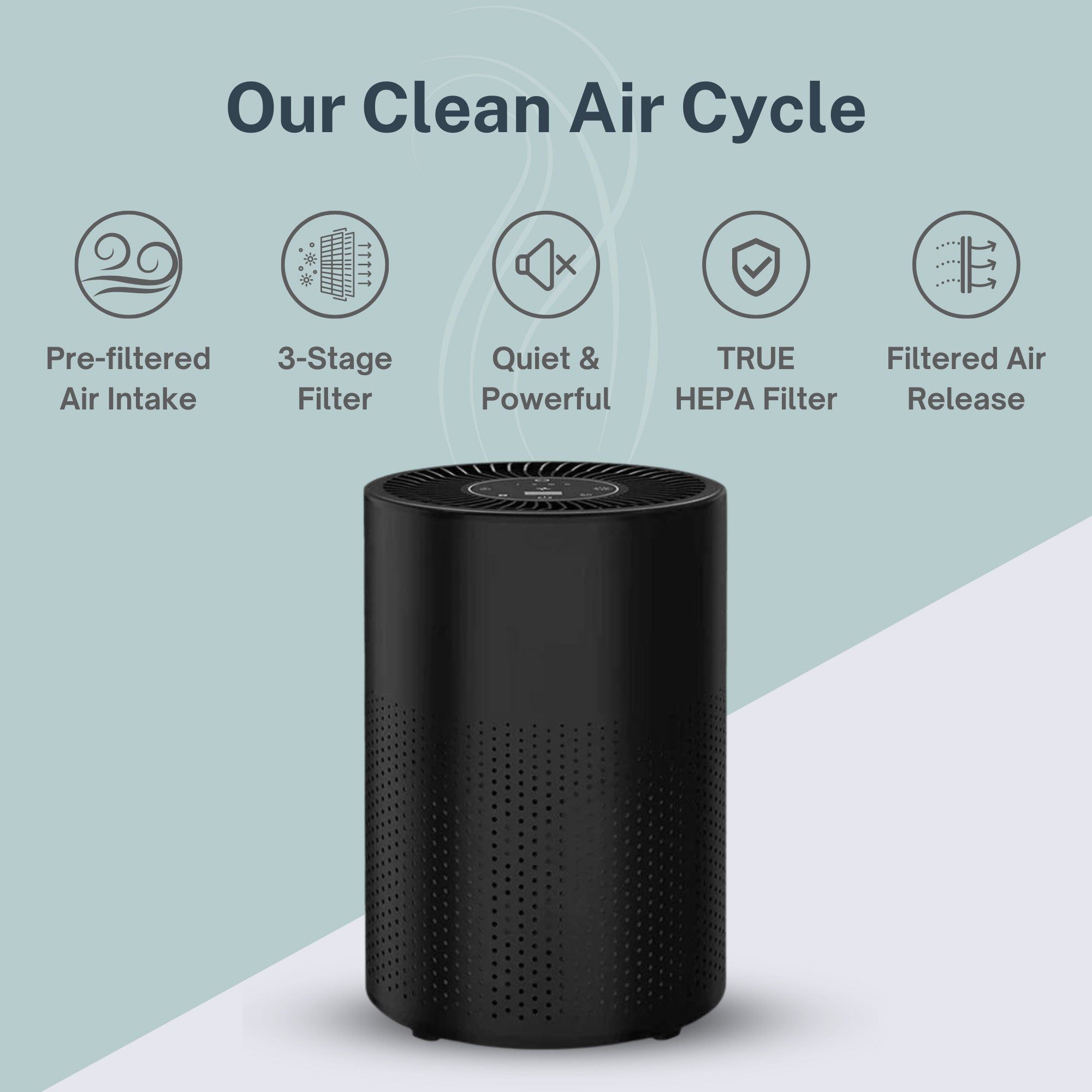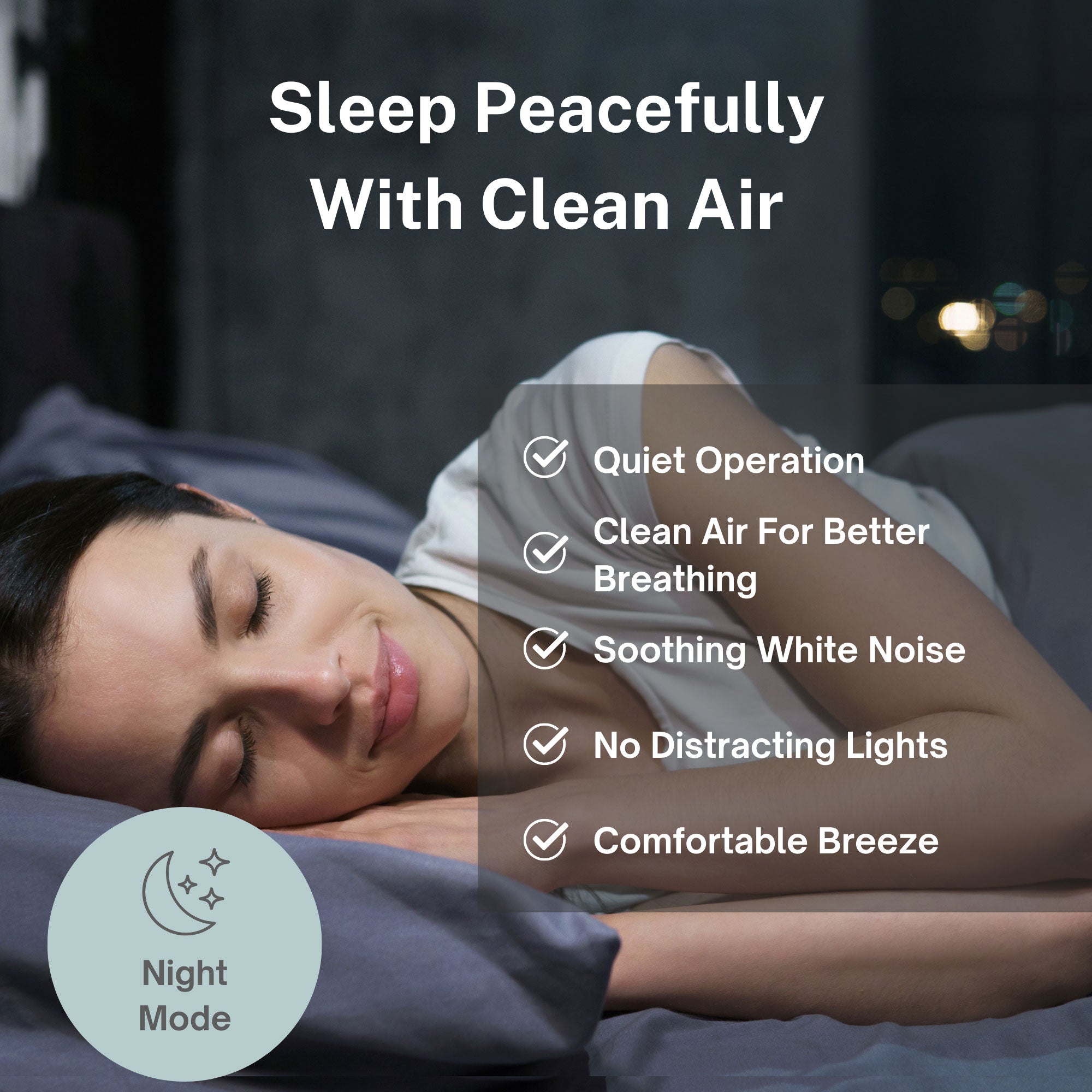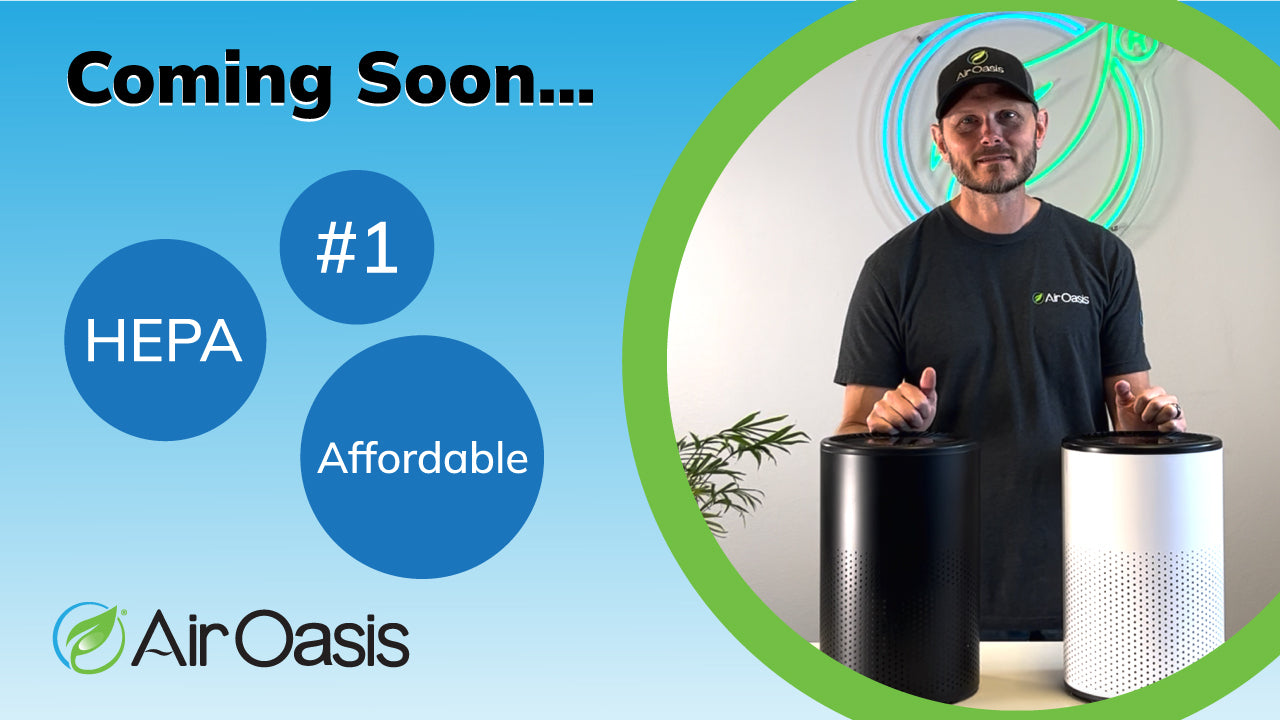While most people associate air pollution with smokestacks and tailpipes, one of the most significant sources of airborne toxins comes from an unexpected place—the farmlands that produce our food. Agricultural chemicals, including pesticides, herbicides, and fertilizers, contribute substantially to air pollution through complex pathways that carry toxic compounds far beyond farm boundaries, creating widespread health risks that affect millions of people living in both rural and urban areas.
Understanding how agricultural chemicals contaminate the air we breathe becomes essential for protecting your family's health, particularly as these invisible toxins can travel hundreds of miles from their application sites to infiltrate homes, schools, and workplaces where people spend most of their time.
The Scale of Agricultural Chemical Air Pollution
Modern industrial agriculture relies heavily on synthetic chemicals to control pests, weeds, and soil fertility, with approximately 1.1 billion pounds of pesticides applied annually across American farmland. These chemicals don't stay where they're applied—they volatilize into the atmosphere, creating airborne contamination that affects air quality across vast geographic regions.
Pesticide drift occurs through multiple pathways including direct spray drift during application, volatilization from treated surfaces hours or days after application, wind erosion of contaminated soil particles, and off-gassing from treated crops and vegetation. These processes create continuous emission sources that contribute to baseline air pollution levels throughout agricultural regions and beyond.
Research demonstrates that agricultural chemicals can be detected in air samples hundreds of miles from the nearest farmland, indicating the widespread distribution of these contaminants through atmospheric transport. Urban areas often show detectable levels of agricultural pesticides despite being far from application sites, revealing how extensively these chemicals contaminate regional and national air quality.
The seasonal patterns of agricultural chemical air pollution correspond directly with planting and growing seasons, creating predictable periods of elevated exposure risks for communities in and around farming areas. Spring and summer months typically show the highest concentrations of airborne agricultural chemicals as farmers apply pre-emergent herbicides, insecticides, and fungicides to protect crops during critical growth periods.
Volatilization: When Farm Chemicals Become Airborne Toxins
Temperature-driven volatilization represents the primary mechanism by which agricultural chemicals transition from soil and plant surfaces into the atmosphere, creating persistent air pollution sources that continue long after initial application. Many commonly used pesticides have vapor pressures that allow them to evaporate readily under normal outdoor temperatures, particularly during warm weather conditions.
The volatilization process accelerates dramatically as temperatures rise, with some studies showing ten-fold increases in airborne pesticide concentrations when temperatures increase from 70°F to 90°F. This temperature sensitivity means that climate change and urban heat island effects are intensifying the air pollution problems created by agricultural chemical use.
Certain herbicides like 2,4-D and dicamba are particularly prone to volatilization, creating vapor clouds that can drift for days after application and affect air quality across multi-state regions. These chemicals become airborne even when applied according to label directions under approved weather conditions.
The Air Oasis focus on comprehensive air purification addresses the reality that volatilized agricultural chemicals can infiltrate indoor environments through ventilation systems, requiring advanced filtration to protect families from these invisible airborne toxins that traditional air cleaning methods cannot address.
Spray Drift: Direct Airborne Chemical Distribution
Spray drift during pesticide application creates immediate air pollution events that can expose nearby communities to concentrated doses of toxic chemicals through direct inhalation pathways. Even when farmers follow application guidelines and weather restrictions, wind patterns and atmospheric conditions can carry chemical sprays far beyond intended target areas.
Studies document spray drift events affecting schools, residences, and public spaces located miles from application sites, demonstrating how agricultural chemical use creates involuntary exposure risks for non-agricultural communities. Children playing outdoors during or shortly after nearby pesticide applications face particularly high exposure risks through both inhalation and dermal absorption pathways.
The particle size distribution of agricultural sprays determines how far chemicals can travel through the atmosphere, with smaller droplets remaining airborne longer and traveling greater distances before settling. Modern application equipment designed to reduce drift can still create significant air pollution under certain atmospheric conditions, particularly during temperature inversions that trap chemicals near ground level.
Buffer zones and no-spray periods provide some protection for sensitive areas, but research indicates these measures often prove inadequate for preventing air quality impacts from agricultural chemical applications. The economic pressures facing farmers to maximize crop protection can lead to application timing and weather condition compromises that increase drift risks.
Indoor Air Contamination from Agricultural Sources
Agricultural chemicals infiltrate indoor environments through multiple pathways, creating persistent air quality problems that affect people long after outdoor application events have ended. Contaminated outdoor air enters buildings through normal ventilation processes, HVAC systems, and building envelope leakage, bringing agricultural chemicals into spaces where people spend most of their time.
Contaminated dust particles carried on clothing, shoes, and pets provide additional pathways for agricultural chemical entry into homes and workplaces. These particles can accumulate in carpeting, upholstery, and HVAC systems, creating long-term indoor air quality problems that persist long after initial contamination events.
The enclosed nature of indoor environments allows agricultural chemical concentrations to build up over time, particularly in buildings with poor ventilation or air filtration systems. Children and elderly individuals spending significant time indoors may face sustained exposure to low-level agricultural chemical contamination that affects their health and development.
The Air Oasis comprehensive air purification approach recognizes that protecting indoor air quality from agricultural chemical contamination requires multi-stage filtration systems capable of removing both particulate-bound chemicals and gaseous contaminants that standard HVAC filters cannot address effectively.
Health Impacts of Airborne Agricultural Chemicals
Chronic exposure to airborne agricultural chemicals creates a wide range of health problems that often go unrecognized because symptoms develop gradually and can mimic other common health conditions. Respiratory effects including asthma exacerbation, chronic cough, and breathing difficulties represent the most immediate impacts of agricultural chemical air pollution.
Neurological symptoms such as headaches, dizziness, memory problems, and concentration difficulties frequently affect people living in agricultural areas during spray seasons. Children show particular vulnerability to neurotoxic effects from airborne pesticide exposure, with studies linking agricultural chemical air pollution to attention deficit disorders, learning disabilities, and developmental delays.
Research from the California Department of Public Health documents increased rates of certain cancers in communities with high levels of agricultural chemical air pollution, particularly childhood leukemia and brain tumors. These findings suggest that chronic low-level exposure to airborne agricultural chemicals may contribute to cancer development through mechanisms that are still being investigated.
Endocrine disruption represents another serious concern, as many agricultural chemicals interfere with hormone function even at very low concentrations. Airborne exposure to these endocrine-disrupting chemicals may contribute to reproductive problems, thyroid disorders, and metabolic dysfunction in exposed populations.
Seasonal Patterns and Geographic Distribution
Agricultural chemical air pollution follows predictable seasonal patterns that correspond with farming practices, creating periods of elevated exposure risk that affect millions of people across agricultural regions. Spring herbicide applications create the year's first major air pollution events, followed by insecticide treatments during growing seasons and harvest-related chemical applications in fall.
Geographic distribution of agricultural chemical air pollution extends far beyond immediate farming areas, with atmospheric transport carrying these contaminants into urban centers, national parks, and wilderness areas hundreds of miles from application sites. This widespread distribution means that even people who choose to live away from agricultural areas may still face exposure to airborne agricultural chemicals.
Meteorological factors including wind patterns, temperature inversions, and precipitation significantly influence the distribution and concentration of agricultural chemical air pollution. Communities located downwind from major agricultural areas face consistently higher exposure risks, while temperature inversions can trap agricultural chemicals near ground level, creating localized pollution hotspots.
Climate change effects on weather patterns are altering the distribution and intensity of agricultural chemical air pollution, with more extreme weather events potentially increasing both chemical application rates and atmospheric transport distances. These changes create new exposure patterns that existing monitoring and protection systems may not adequately address.
Regulatory Gaps and Protection Challenges
Current air quality regulations inadequately address agricultural chemical pollution, with most monitoring programs focusing on traditional industrial pollutants rather than the complex mixture of pesticides, herbicides, and fertilizer components that contaminate air in agricultural regions. This regulatory gap leaves communities with limited legal protections against agricultural chemical air pollution.
The episodic nature of agricultural chemical air pollution makes it difficult to document and regulate through existing air quality management frameworks designed for continuous emission sources. Peak exposure events during application periods may create significant health risks that don't show up in annual average pollution measurements used for regulatory compliance.
Enforcement challenges arise from the difficulty of attributing specific health effects to agricultural chemical air pollution, particularly when exposure occurs at low levels over extended periods. The complex mixture of chemicals present in agricultural air pollution makes it nearly impossible to establish clear cause-and-effect relationships for specific health outcomes.
Individual protection strategies become essential given the limitations of regulatory approaches, requiring comprehensive air filtration systems that can address the full spectrum of agricultural chemical contaminants present in indoor and outdoor environments.
Creating Chemical-Free Air in Your Home
Protecting your family from agricultural chemical air pollution requires understanding that these contaminants can affect air quality regardless of your distance from farming areas, making comprehensive indoor air protection essential for maintaining health in chemically contaminated environments.
The key to reducing agricultural chemical exposure lies in creating clean indoor air environments through advanced filtration systems that address both particulate-bound chemicals and gaseous contaminants that comprise agricultural air pollution. Standard air cleaning approaches prove inadequate for the complex mixture of synthetic chemicals present in agriculturally contaminated air.
Timing outdoor activities to avoid peak agricultural application periods can reduce direct exposure risks, while comprehensive indoor air purification provides continuous protection from the persistent low-level contamination that characterizes agricultural chemical air pollution in affected regions.
Protect Your Family from Agricultural Air Pollution
Don't let invisible agricultural chemicals compromise your family's health and wellbeing. Take control of your indoor air quality with comprehensive filtration technology designed to remove the pesticides, herbicides, and chemical contaminants that regulatory systems fail to address. Shop Air Oasis today for the advanced air purification that keeps agricultural toxins out of your breathing space.





